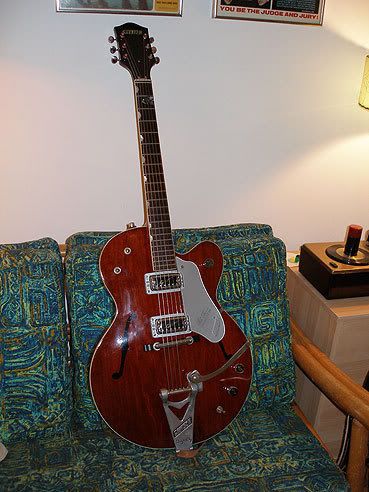beatcomber
AK Member
I think the argument of leaving vintage audio gear in it's original state is flawed.
It depends on what your intention is.
If you want to keep something in its original, stock condition because its significance as a collector's item trumps practical concerns, then that is a reasonable concern. (I wouldn't replace the strings on John Lennon's Rickenbackers, but a '70s Japanese "lawsuit" copy guitar is fair game for modding.)
But if you are looking at it as a platform for improving performance, without concerns about compromising value, then modding makes sense. This is especially relevant to an AR-XA, of which zillions were produced and many still exist in stock form.
Last edited:



